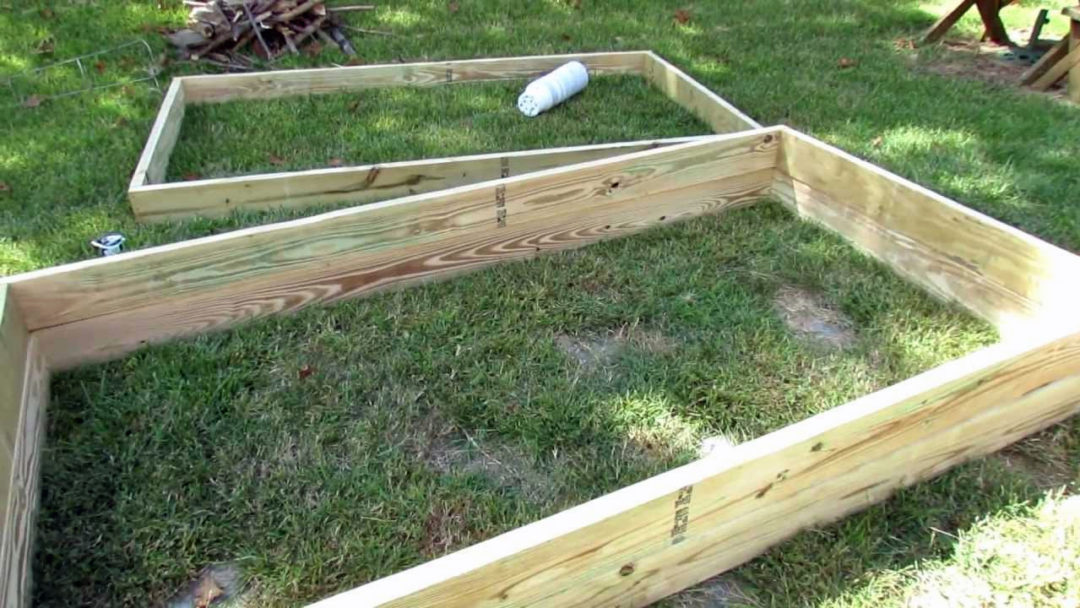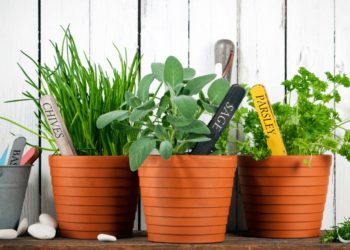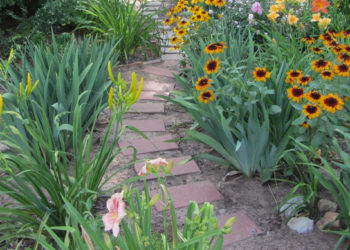I went to a lumber store to buy the synthetic wood for my vegetable garden. It’s very expensive. We want to box in all our vegetables and have stone dust paths in between the boxes. We want to dress it up and cut down on weeds. Well, the manager at ask why we weren’t using pressure treated wood, it’s a 1/4 the price. The manager said that it’s perfectly safe to use today and that they don’t treat the wood with arsenic any more. So my wife and I used the pressure treated wood. Then today I talked to a person at my local garden center and he told me that it’s not good to use and that the manager is not qualified to tell me that it’s safe. Should I rip it all out? My garden is HUGE! Thank you, John
Answer:
John, the lumber manager is correct: any CCA lumber produced after 2003 does not contain arsenic. In the pressure-treating process, however, chromium and copper are still added as pesticides, so it is always wise to take some precautions when working with new lumber. After the first year any leaching will have subsided and the leaching is usually contained to the soil closest to the wood.
Arsenic is naturally occurring and we consume small amounts of it daily. The type that was used was more toxic than the natural type but it is still in the foods we consume, as it is found in the soil. Studies have shown that the amount of arsenic that was found in carrots grown in control beds vs. raised beds was doubled but they were still trace amounts, 0.11 parts per million. Carrots, a root vegetable, are the worst since the plants store the arsenic in their roots.
If you are concerned don’t plant any root crops near the edges for the first year.
Happy gardening!
Karen





2 Comments
Karen
May 27, 2009 at 9:10 pmJohn,
Your Home Depot manager is correct: any CCA lumber produced after 2003 does not contain arsenic. In the pressure-treating process, however, chromium and copper are still added as pesticides, so it is always wise to take some precautions when working with new lumber. After the first year any leaching will have subsided and the leaching is usually contained to the soil closest to the wood.
Arsenic is naturally occurring and we consume small amounts of it daily. The type that was used was more toxic than the natural type but it is still in the foods we consume, as it is found in the soil. Studies have shown that the amount of arsenic that was found in carrots grown in control beds vs. raised beds was doubled but they were still trace amounts, 0.11 parts per million. Carrots, a root vegetable, are the worst since the plants store the arsenic in their roots.
If you are concerned don’t plant any root crops near the edges for the first year.
Happy gardening!
Karen
Linde
May 30, 2009 at 7:48 amYour beds will be fine as is. Like Karen, I’d suggest not planting root crops near the edges. In fact, my suggestion is to plant marigolds along the edges!
Also, be aware of the drainage in the beds. Leaching would be increased if water tended to stand rather than running off and out.
If there’s a section where you just HAVE to plant something ‘too close for comfort’, then pull back the soil, and line the inside with heavy-duty plastic. Keep it below soil line so that the sun doesn’t degrade it.
No disrespect to the Home Depot manager, but your best bet with answers to questions comes from your County Extension office!